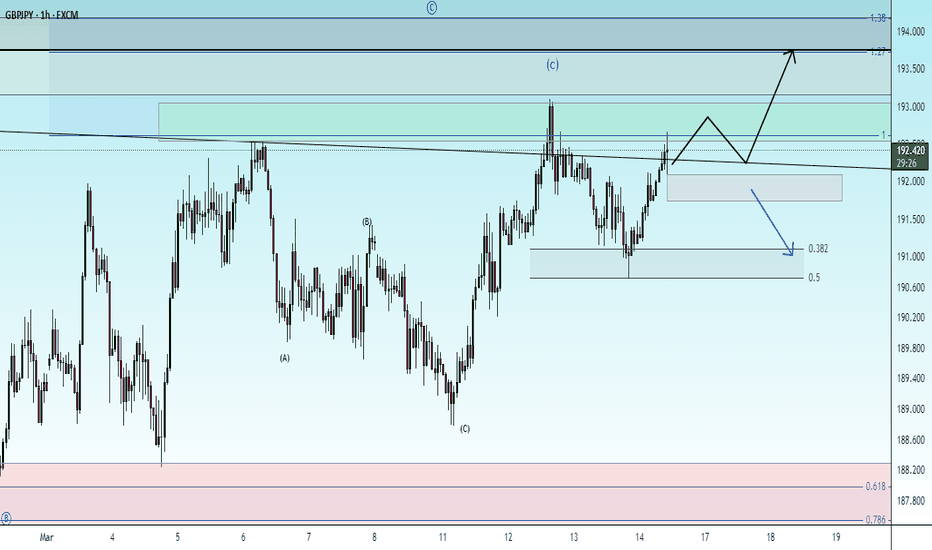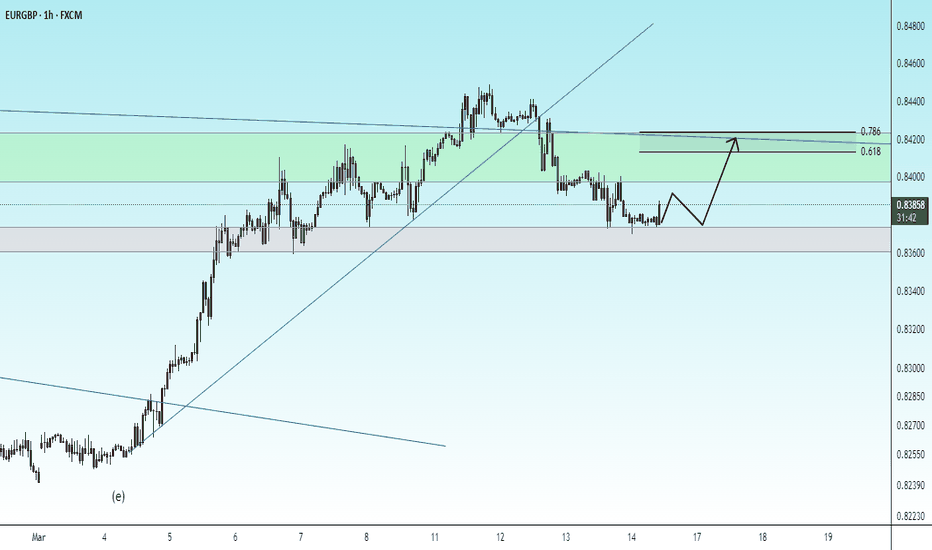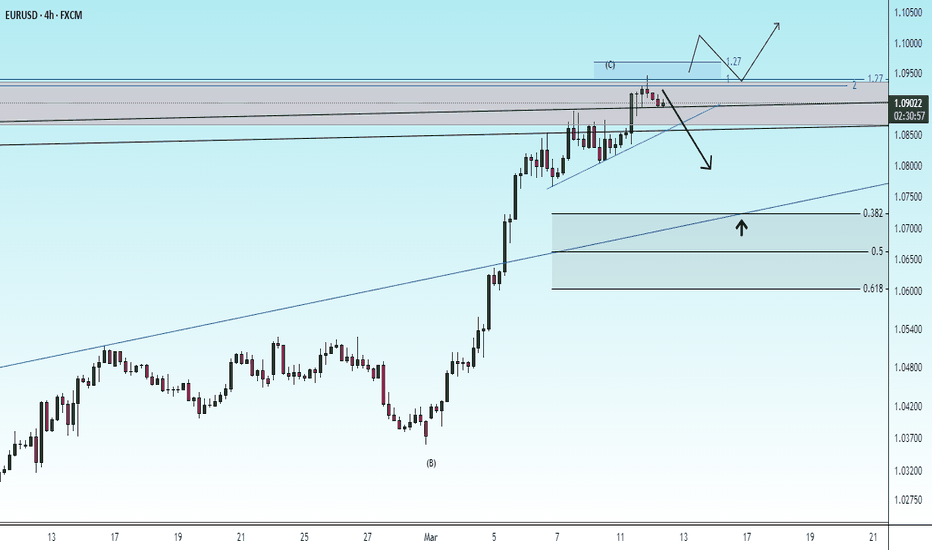Neo Wave
Will SOLV pump more? (4H)It seems that a wave A has completed, and wave B has started from the point where we placed the green arrow on the chart.
This wave appears to be a diametric, and we are currently in its wave e.
The red zone is a supply zone that is fresh and untouched. This zone could complete wave e of B, leading us into wave f of B.
A daily candle closing above the invalidation level will invalidate this analysis.
For risk management, please don't forget stop loss and capital management
Comment if you have any questions
Thank You
NOTCOIN will remain bearish for a long time (1D)This TON network meme coin seems to have entered a very long correction after its big rally. The correction started from the point where we placed the red arrow on the chart.
The corrective pattern appears to be a large symmetric, and we are currently in its largest wave, which is wave E.
The future path of NOT coin is drawn schematically so you can understand how much time correction and how many waves are left in this pattern.
For risk management, please don't forget stop loss and capital management
Comment if you have any questions
Thank You
Golden Buying Opportunity on ATOM (1W)The correction on ATOM started from the point where we placed the red arrow on the chart.
This correction appears to be either a Diametric or a Symmetrical pattern.
A wave X or wave I to the upside is expected from the Entry levels.
We are looking for buy opportunities in spot at the Entry levels.
A daily candle closing below the invalidation level will invalidate this analysis.
For risk management, please don't forget stop loss and capital management
Comment if you have any questions
Thank You
DUSK ANALYSIS (1W)It seems that after forming the 3D structure, the price has entered a corrective ABC pattern or a more complex one.
It appears that wave B has now ended, and the price has entered wave C.
Wave C has a long correction ahead in terms of time, and in terms of price, the best area for the end of wave C is the green zone.
Let’s wait and see what happens.
For risk management, please don't forget stop loss and capital management
When we reach the first target, save some profit and then change the stop to entry
Comment if you have any questions
Thank You
ETH(based on NEo wave)This supercycle is a nice nature triangle which E wave is ending and its look like a diamon diametrical.
so I will update it for the confirmation, I think ALTseason is so close and we can see that happening soon but this season take about 400 to 450 days and after that there is a huge CRASH!






















